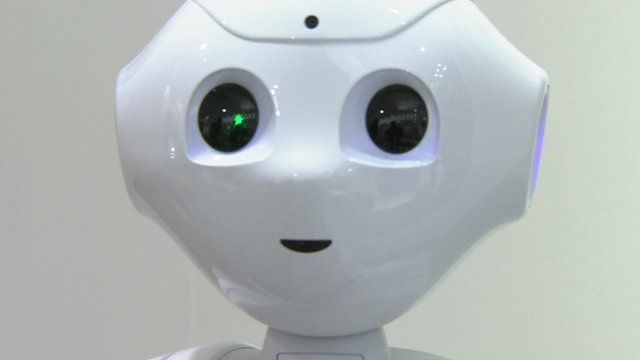
Robotics has changed the face of the food industry, even though it is still in its infancy. Other links in the food supply chain are already far ahead in their use of robotics. In agriculture, autonomous vehicles and drones are already in use for sorting, identifying and planting seedlings.
Robots are in use in other sectors such as poultry, beef and dairy farming for egg collection, autonomous cleaning, and feeding. Robotics in food manufacture and packaging are far ahead while robotics in food delivery and cooking are just emerging.
![]()
There are five benefits of robotics in the food industry should it catch on:
Table of Contents
Reduction in Costs
In a food manufacturing process, a huge investment is needed for automating processes. This is due to the sophisticated equipment needed, and for production routing. All this is costly, and also adds maintenance and cleaning hurdles.
Robot chefs, for example, minimize the complexity involved with various equipment, therefore, reducing the cost of the initial investment. The cleaning and maintenance hurdles are also minimized. The robotic chef uses vessels that do not require any pipework or pumps, which makes it super easy to clean.
Flexibility
The flexibility of a robot means you can reconfigure it to accommodate different consumer tastes. In a traditional kitchen setting, cooking vessels tend to be one-size fits all type of setting. Buying new devices is expensive while a robot can be reconfigured to use different devices.
For example, a device like a frothing machine in a robot chef can be added for cooking soup. Industrial robots for sale for working in kitchens and restaurants might be very popular in the next few years to come.
Robots are flexible in that they can literally work anywhere as you don’t have to worry about safety issues. Some robots are specially designed to withstand very high or low temperatures.
Quality Consistency
A robot is programmed to reproduce the exact recipe with ingredients measured to perfection. With robot chefs, products are poured and do not go through pumps. In food manufacturing plants, food normally passes through many pipes and pumps before packaging.
Food Safety
With the automation of food production, food safety will be higher. The elimination of human contact from food handling and process errors means that the food is easier to trace from start to finish.
Vacuum tools and grippers have become more sophisticated. An airflow vacuum tool handles products without touching them, especially if they can easily be damaged. Its suction cup is perfect for handling different surfaces such as frozen pizza or biscuits. Finger grippers are used for products that suction will destroy such as flaky cakes. All suction and gripper tools are easy to change over, clean and they are assembled from materials fit for the task.

Industrial robots for sale in the food industry vary from:
- Pick and Place robots
- Dispensing robots
- Clean room robots
- Palletizing robots
Efficiency
Robots in food manufacture are mostly used in feed placement, packaging, cutting, dispensing sorting and picking and placing. In newer modifications, a robot may pick an order when a client electronically places an order and a food robot is able to fill the order precisely and efficiently.
In packaging, speed, consistency, and repetition are necessary and a robot is better than a human in efficiency. Robots are built with a smart vision system that allows for high-speed accuracy. They are also able to sort by shape, size or color.
In processes that require continuous repetition like chicken deboning or cake decoration, robots reduce costs by being more productive without any pauses in between.
Conclusion
Robots in the food industry are becoming more sophisticated as more research is put into them. Finding industrial robots for sale today is not as hard, or as expensive as it was ten years ago. Robots provide a reduction in costs, food safety flexibility, quality consistency, and efficiency.
In the next few years, robot chefs will be a common phenomenon in kitchens and restaurants around the world. It is now apparent that robotics is permeating every aspect of our lives and .is here to stay.



